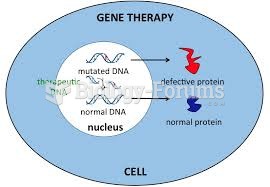Answer to Question 1
ANS: B
FEEDBACK: Carl Rogers originated a popular approach to psychotherapy known initially as non-directive or client-centered therapy, which later came to be called person-centered therapy. This form of psychotherapy has generated an enormous amount of research and is widely used today in counseling situations.
Answer to Question 2
ANS: Criticisms of Maslow's theory center on his research methods and lack of experimentally generated supporting data. The sample of self-actualizing people from which the data were derived, fewer than half of whom were interviewed in person, is too small for generalization to the population at large. Critics also charge that the ways in which Maslow amassed information about his original self-actualizing subjects are inconsistent and vague. He did not describe how he interpreted test results or analyzed biographical materials, nor did he indicate precisely what led him to identify those particular people as self-actualizing. However, as we have seen with other theorists, weakness in scientific methodology is not unique to Maslow.
For his subjects Maslow selected people he admired, according to his own personal criteria for self-actualization. These criteria were not specified at the time, and he later admitted that self-actualization was difficult to describe accurately. His list of characteristics of self-actualizers derives solely from his clinical interpretations of the data and may easily have been influenced by his personal philosophy and moral values. Thus, the descriptions may actually reflect Maslow's own ideal of the worthy and emotionally healthy individual.
Other criticisms have been directed at Maslow's definitions of various concepts such as metaneeds, metapathology, peak experiences, and self-actualization. His use of these terms could be inconsistent and ambiguous. Critics also have asked on what basis self-actualization is presumed to be innate. Why could it not be learned behavior, the result of some unique combination of childhood experiences?







